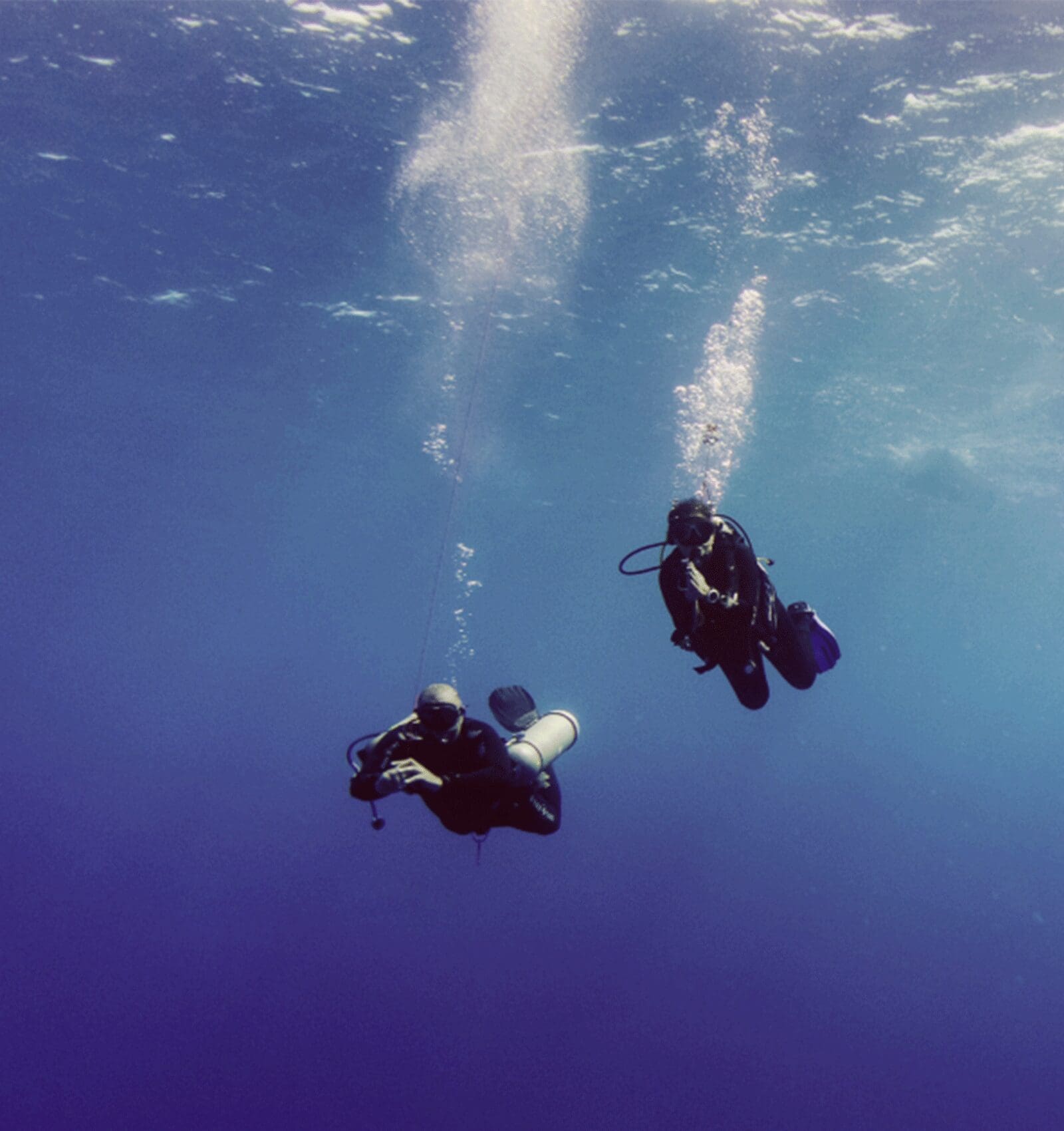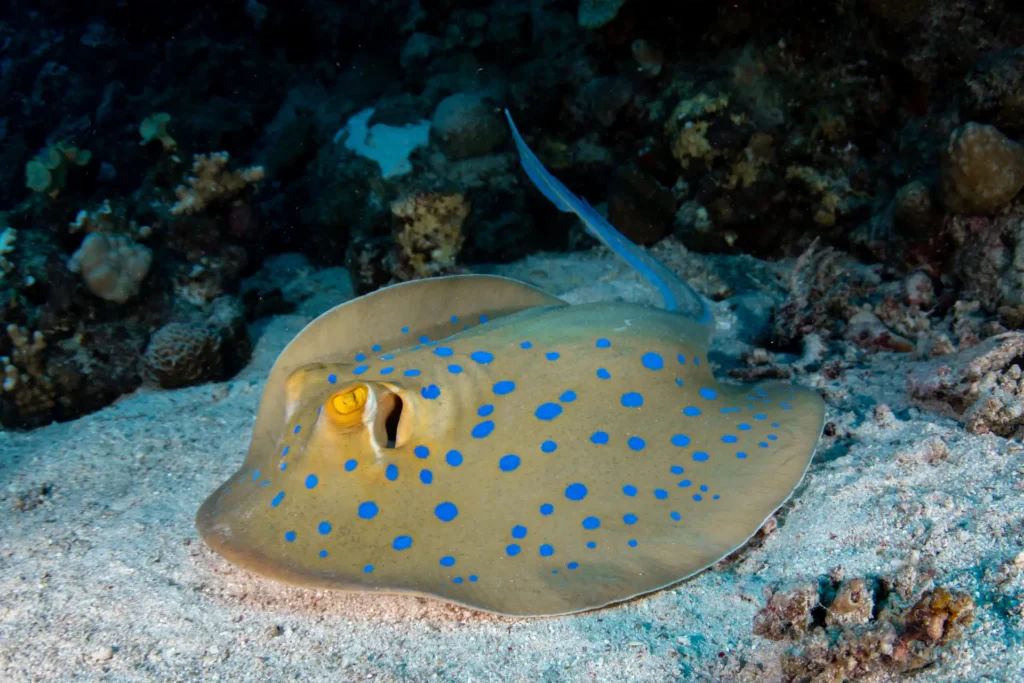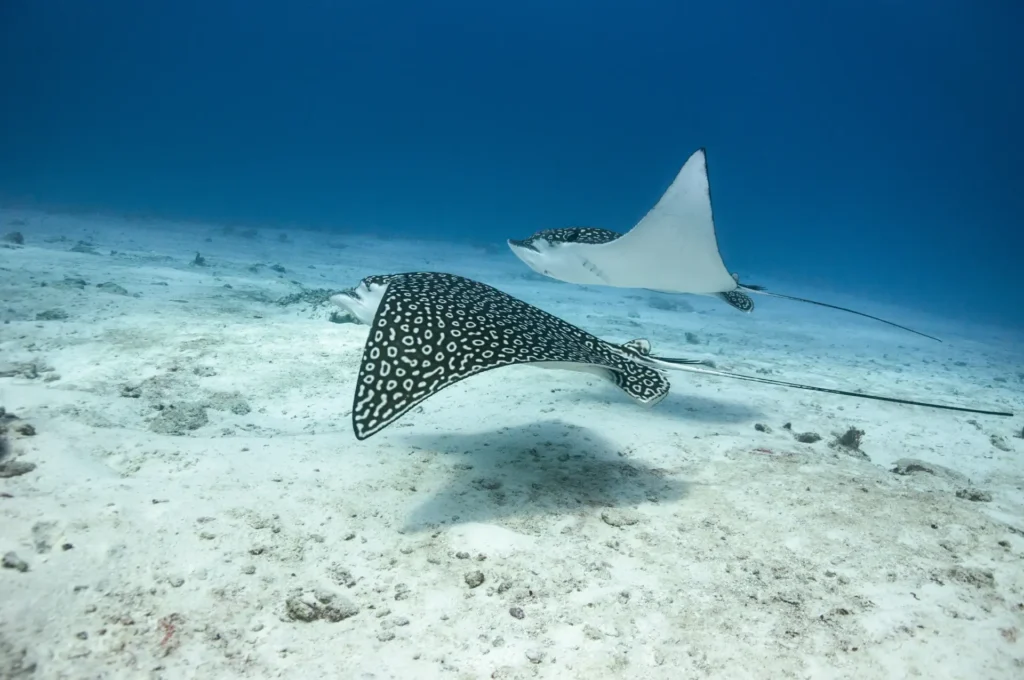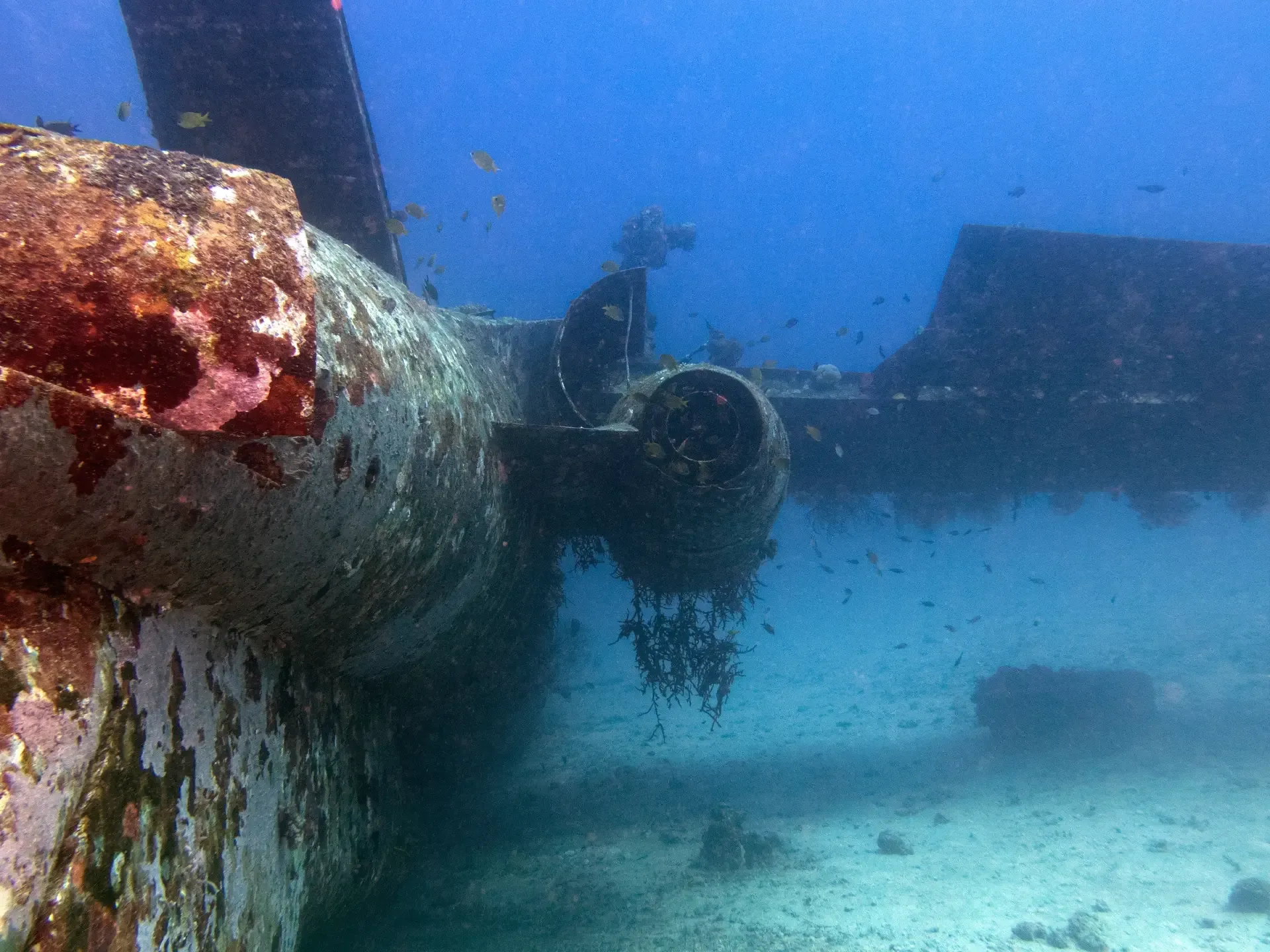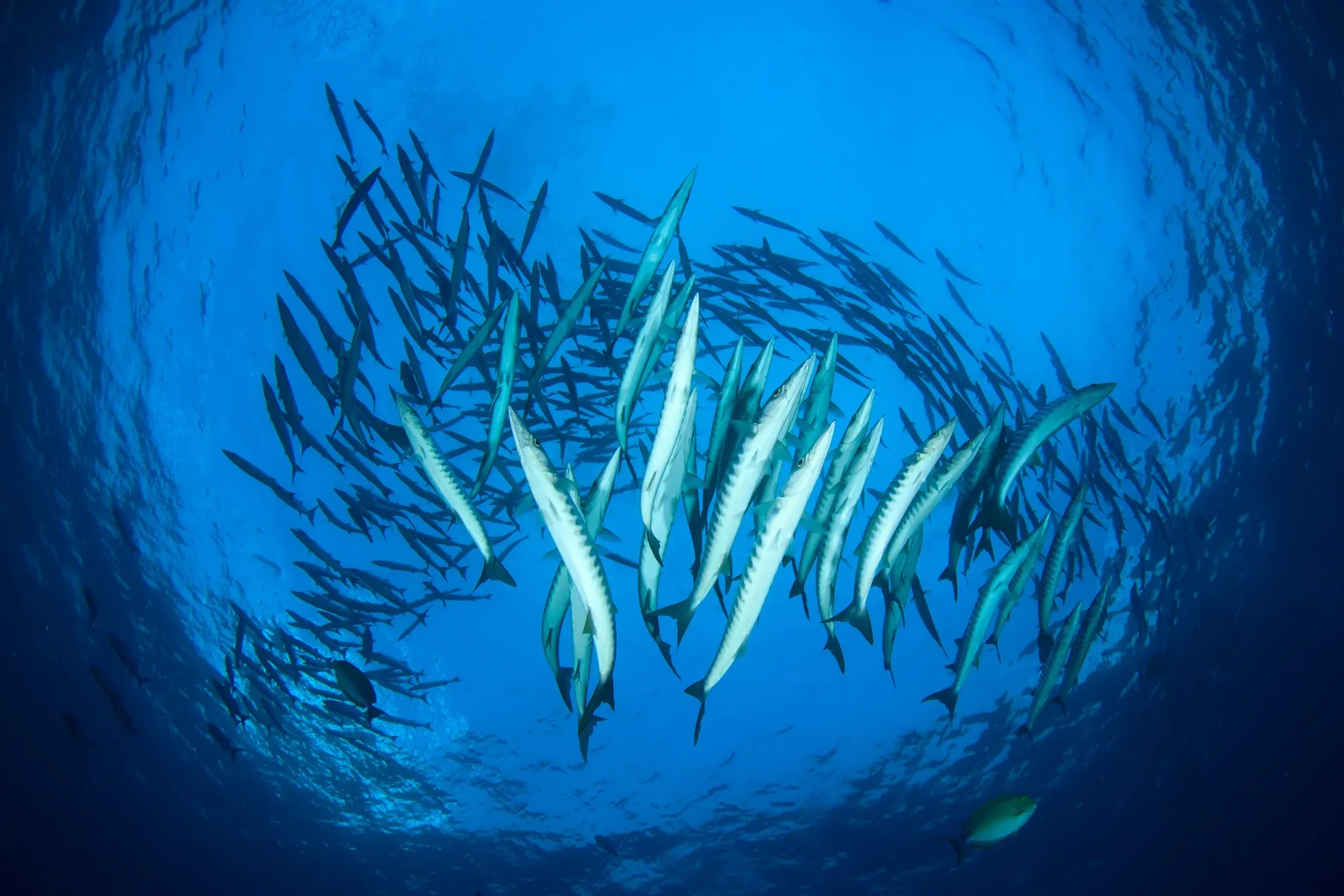Best Reasons to Dive in Boracay in March
Best Reasons to Dive in Boracay in March
Best Reasons to Dive in Boracay in March
March is one of the best months for diving in Boracay, offering near-perfect conditions, incredible marine life encounters, and fewer crowds compared to peak holiday months. Whether you’re looking for crystal-clear visibility, comfortable water temperatures, or unique marine life sightings, March has it all.
If you’ve been considering a dive trip to Boracay, here’s why March is the perfect time to experience the island’s world-class diving with New Wave Divers.
1. Ideal Weather & Water Conditions
March marks the tail end of the dry season (Amihan season) in Boracay, bringing stable weather, light winds, and calm seas—perfect for diving.
☀️ Air Temperature: Around 28–32°C (82–90°F)
🌊 Water Temperature: 26–29°C (79–84°F)—warm and comfortable for diving
🔵 Visibility: Typically 20–30 meters (65–100 feet), with some dive sites reaching 40 meters (130 feet)
With less rain and minimal storm activity, the sea conditions in March are exceptional, making it an excellent time for both beginner and advanced divers.
💡 Why This Matters:
- Calmer waters mean easier boat rides to sites like Yapak and Maniguin Island.
- Less plankton in the water means clearer visibility for spotting marine life.
- Great conditions for underwater photography, with vibrant coral reefs and natural light penetration.
2. Thriving Marine Life in March
March is an exciting time for marine life in Boracay, with plenty of fish activity, reef interactions, and occasional sightings of larger pelagics. Some of the most fascinating species to spot include:
🐠 Shoals of Reef Fish at Crocodile Island & Angol Point
- March sees large schools of fusiliers, butterflyfish, and snappers actively feeding.
- Perfect for macro lovers, as nudibranchs and crustaceans emerge from their hiding spots.
🦈 Possible Whitetip Reef Shark Sightings at Yapak
- March is one of the better months for whitetip reef shark encounters at Yapak’s deep walls.
- These sharks are often seen resting in crevices or patrolling the reef.
🦅 Eagle Rays Spotted at Maniguin Island
- This is a great time for pelagic species, and eagle rays are sometimes seen gliding through the blue.
- Maniguin’s deep drop-offs and remote location make it a must-visit for adventurous divers.
🐡 Blue-Spotted Stingrays & Ribbontail Rays in the Shallows
- March’s clear waters make it easier to spot stingrays camouflaging in sandy areas at Tambisaan Reef & Crocodile Island.
March is also a prime time for drift diving, as mild currents bring in schools of jacks, barracudas, and trevallies—an exciting experience for divers looking for dynamic underwater encounters.
3. Fewer Crowds = More Peaceful Diving
While Boracay is popular year-round, March is quieter than peak season months like December and January.
Why this is great for divers:
✅ Less crowded dive sites mean more relaxed dives with better marine life interactions.
✅ Easier booking availability for dive trips, courses, and accommodations.
✅ Smaller dive groups = more personalized attention from instructors and dive guides.
If you love having the reef (almost) to yourself, March is one of the best times to experience Boracay’s underwater beauty without the usual high-season rush.
4. The Perfect Time for Dive Training & Specialty Courses
If you’ve been thinking about getting certified or leveling up your dive skills, March is an ideal time to take a PADI course in Boracay.
💡 Best Courses to Take in March:
✔️ Open Water Diver Course – Learn to dive in calm, clear conditions—perfect for beginners!
✔️ Advanced Open Water Diver Course – March’s great visibility and deep sites make it a fantastic time for adventure dives like deep diving at Yapak or drift diving at Channel Drift.
✔️ PADI Wreck Diver Specialty – Explore the Camia II Wreck, one of Boracay’s best artificial reefs, covered in thriving marine life.
✔️ PADI Shark Conservation Course – Learn more about shark behavior and conservation efforts, especially if you’re lucky enough to spot a whitetip reef shark.
March offers perfect water conditions for training dives, helping students feel more comfortable and confident underwater.
5. Exciting Day Trips & Diving Safaris
Because March has calm seas and long daylight hours, it’s an excellent time for full-day dive excursions.
🌴 Top Dive Day Trips in March:
🚤 Maniguin Island – Remote reefs, eagle rays, sharks, and incredible visibility (only available as a full-day trip).
🚤 Balinghai & Punta Bunga – Great for seeing turtles, triggerfish, and stunning coral formations.
🚤 Exploring Yapak Deep Walls – For experienced divers looking for big fish action.
New Wave Divers Boracay offers special dive safaris during March, perfect for divers looking to make the most of their trip.
6. The Best Time to Experience Boracay Above the Surface
Diving in March isn’t just about what’s happening underwater—it’s also the perfect time to enjoy everything else Boracay has to offer:
☀️ White Beach is at its most beautiful, with calm waters and warm sunshine.
🚣 Paddleboarding & Freediving conditions are ideal, thanks to minimal waves.
🎉 Local Festivals & Events – March often features live music, beach parties, and cultural celebrations.
For divers traveling with non-diving friends or family, Boracay offers plenty of activities for everyone to enjoy!
Final Thoughts: Why March is a Must-Visit Month for Diving in Boracay
March is one of the best times to dive in Boracay, offering:
✅ Excellent visibility and calm conditions for all levels of divers.
✅ Thriving marine life, from whitetip reef sharks at Yapak to stingrays in shallow reefs.
✅ Fewer crowds, making for more relaxed and enjoyable dives.
✅ Perfect conditions for dive training and certification courses.
✅ Ideal weather for diving safaris and full-day dive trips.
At New Wave Divers Boracay, we offer guided dives, PADI courses, and exclusive dive safaris to help you make the most of your March dive adventure. Whether you’re a first-time diver or a seasoned explorer, we’re here to show you the best of Boracay’s underwater world.
Ready to dive in March? Contact us today to book your Boracay dive trip!
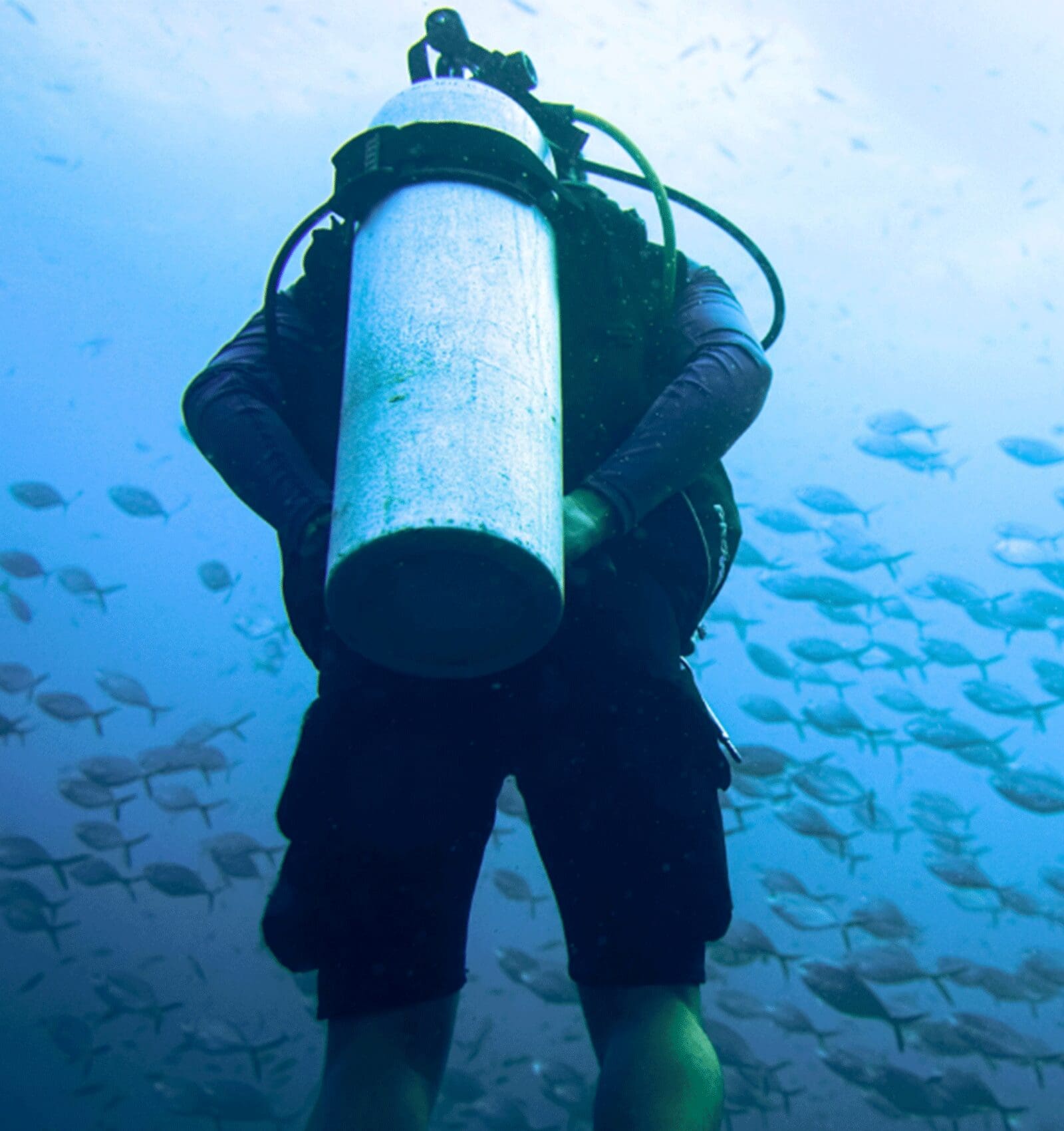
Wish to know more about the diving in Boracay? Our team will be delighted to answer your questions and let us know why we should be your first choice when planning your dive vacation to the Philippines. We hope to hear from you soon!
